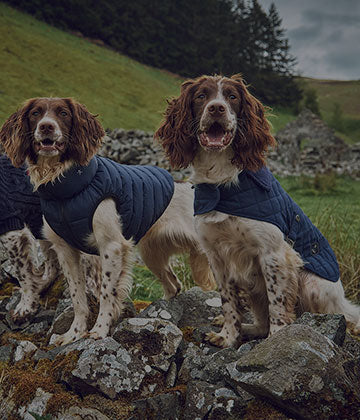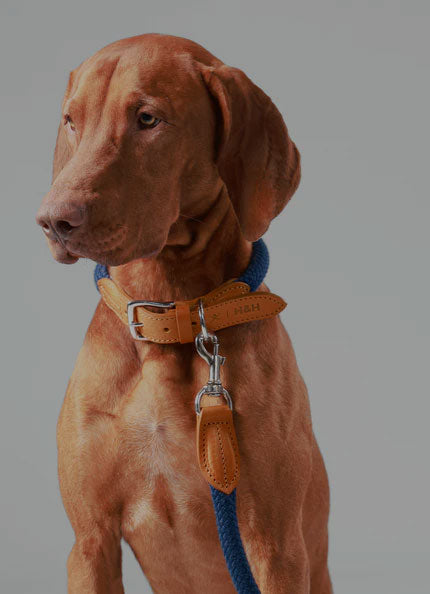
Dogs are known for their expressive tails, which play a vital role in their communication and balance. However, not all dogs have tails, and many owners may wonder about the significance of this feature. In this blog, we will explore the importance of dog tails, the reasons why some dogs have them while others do not and provide essential tips for maintaining your dog's tail health and preventing injuries.
A dog's tail is a crucial tool for communication and expression. Whether it's wagging with joy, held high in confidence, or tucked between the legs in fear, a dog's tail provides valuable insight into their emotional state. Additionally, the tail aids in balance and agility, especially during activities that require quick turns and changes in direction.
The presence or absence of a tail in dogs can be attributed to various factors. Certain dog breeds, such as the Pembroke Welsh Corgi and the Australian Shepherd, are naturally born with a bobbed or docked tail due to historical breeding practices. In some cases, tails may be docked for occupational reasons, such as in working dogs, or for aesthetic preferences. On the other hand, many breeds, like the Labrador Retriever and Beagle, have long, expressive tails that are part of their breed standard.
Tips for Keeping Your Dog's Tail Healthy and Preventing Injuries:
- Regular Grooming: Ensure that your dog's tail is kept clean and free from tangles or mats. Brushing the tail along with the rest of the coat can help prevent discomfort or irritation.
- Avoid Tail Injuries: Watch out for hazards in your dog's environment, such as furniture edges, doors, or playful encounters with other dogs, which can lead to tail injuries. Supervise your dog in unfamiliar spaces to minimize the risk of accidents.
- Proper Exercise: Engage your dog in regular exercise to maintain overall muscle tone and coordination. Strong muscles in the tail region can provide better support and flexibility, reducing the risk of injuries.
- Veterinary Care: Regular veterinary check-ups are essential for monitoring your dog's overall health, including their tail. Any signs of discomfort, unusual swelling, or changes in tail movement should be promptly addressed by a veterinarian.
- Tail Amputation Aftercare: If your dog has undergone a tail docking or amputation, follow your veterinarian's guidelines for post-operative care. Ensure that the surgical site is clean and monitor for any signs of infection or discomfort.
The tail is an integral part of a dog's anatomy, serving as a means of communication, balance, and expression. Whether your furry friend has a long, wagging tail or a naturally bobbed one, it is essential to prioritise their tail health and safety. By understanding the significance of dog tails and implementing appropriate care measures, you can ensure that your dog's tail remains a source of joy and comfort for years to come.



